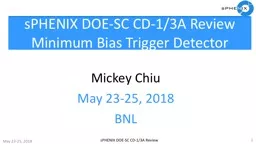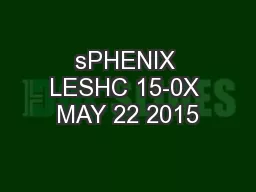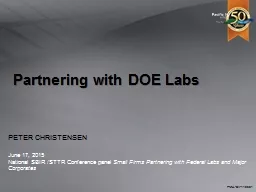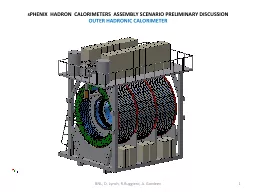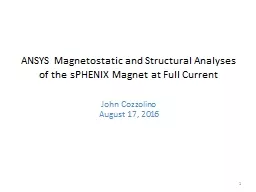PPT-sPHENIX DOE-SC CD-1/3A Review
Author : alida-meadow | Published Date : 2018-11-30
Minimum Bias Trigger Detector Mickey Chiu May 2325 2018 BNL May 2325 2018 sPHENIX DOESC CD13A Review 1 Expected that we can reuse the PHENIX BBC 128 chs of 3 cm
Presentation Embed Code
Download Presentation
Download Presentation The PPT/PDF document "sPHENIX DOE-SC CD-1/3A Review" is the property of its rightful owner. Permission is granted to download and print the materials on this website for personal, non-commercial use only, and to display it on your personal computer provided you do not modify the materials and that you retain all copyright notices contained in the materials. By downloading content from our website, you accept the terms of this agreement.
sPHENIX DOE-SC CD-1/3A Review: Transcript
Download Rules Of Document
"sPHENIX DOE-SC CD-1/3A Review"The content belongs to its owner. You may download and print it for personal use, without modification, and keep all copyright notices. By downloading, you agree to these terms.
Related Documents

